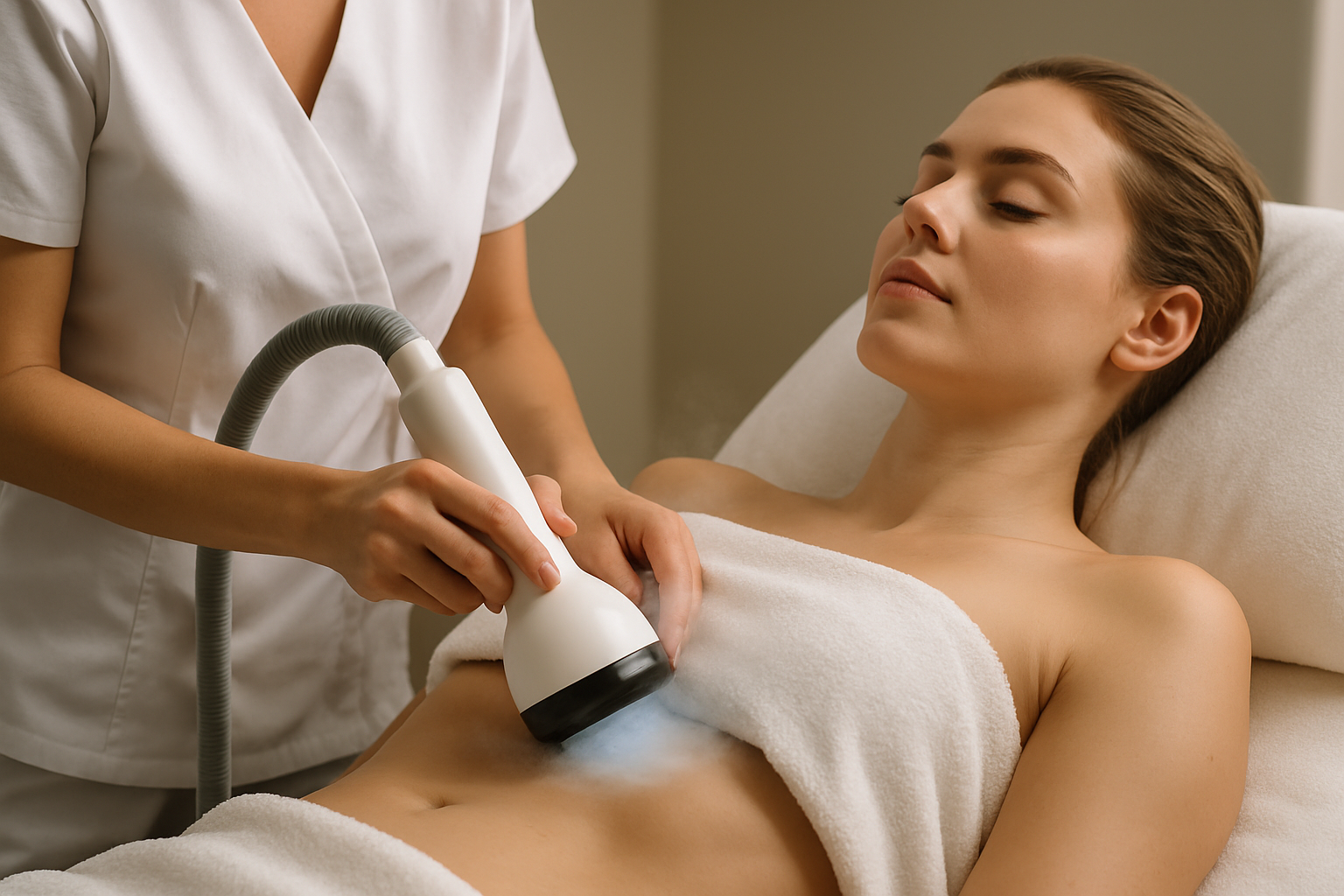Read more about laser surgery for under eye bags
Laser surgery for under eye bags is often discussed as a cosmetic option aimed at improving the appearance of puffiness in the under-eye area. If you're exploring this topic out of general curiosity, our article provides awareness-based insights on how such procedures are typically described, along with general considerations people may keep in mind. Read more about laser surgery for under eye bags.

Laser technology has revolutionized cosmetic treatments, particularly in addressing delicate areas like the skin around the eyes. The under-eye region presents unique challenges due to its thin, sensitive nature, making traditional surgical approaches sometimes less desirable for patients seeking improvement in their appearance.
General Overview of Laser-Assisted Procedures for Under Eye Concerns
Laser treatments for under-eye bags typically utilize focused light energy to target specific skin layers and underlying tissues. These procedures often involve fractional laser technology, which creates controlled micro-injuries to stimulate collagen production and skin tightening. CO2 lasers and erbium lasers are commonly discussed options, each offering different penetration depths and recovery profiles. The precision of laser technology allows practitioners to address specific concerns while minimizing impact on surrounding healthy tissue.
How Laser Treatments Address Puffiness and Under-Eye Appearance
The perception of laser treatments in reducing under-eye concerns stems from their ability to tighten loose skin and stimulate natural healing processes. Many patients report improvements in skin texture, reduced appearance of fine lines, and a more youthful contour around the eyes. The heat generated by laser energy can help contract existing collagen fibers while promoting new collagen formation over time. However, results vary significantly among individuals, and realistic expectations are crucial for patient satisfaction.
Common Steps in Laser-Based Under-Eye Procedures
Most laser procedures for the under-eye area follow a structured approach beginning with thorough consultation and skin assessment. The treatment area is typically cleansed and may receive topical anesthesia for comfort. During the procedure, the laser device is carefully maneuvered across the targeted areas using predetermined settings based on skin type and desired outcomes. Sessions usually last between 30 to 60 minutes, depending on the extent of treatment. Post-procedure care instructions are provided to optimize healing and results.
Factors to Consider Before Exploring Laser Procedures
Several important considerations should guide decision-making regarding laser treatments under professional guidance. Skin type, medical history, current medications, and realistic outcome expectations all play crucial roles in determining candidacy. Age-related factors, severity of under-eye concerns, and previous cosmetic treatments may influence treatment planning. Professional evaluation helps identify whether laser therapy is the most appropriate option or if alternative treatments might better address individual needs. Understanding potential risks, including temporary swelling, redness, or changes in skin pigmentation, is essential.
| Treatment Type | Provider Example | Cost Estimation |
|---|---|---|
| Fractional CO2 Laser | Dermatology clinics | $800-$2,500 per session |
| Erbium Laser Resurfacing | Cosmetic surgery centers | $1,200-$3,000 per session |
| Non-ablative Laser | Medical spas | $400-$1,200 per session |
| Combination Treatments | Specialized practices | $1,500-$4,000 per session |
Prices, rates, or cost estimates mentioned in this article are based on the latest available information but may change over time. Independent research is advised before making financial decisions.
Recovery Considerations and Treatment Awareness
Recovery from laser treatments varies depending on the specific type and intensity of the procedure performed. Common recovery considerations shared in cosmetic treatment discussions include temporary redness, swelling, and potential skin peeling lasting several days to weeks. Many patients can return to normal activities within a few days, though sun protection becomes critically important during the healing process. Follow-up appointments help monitor progress and address any concerns that may arise during recovery.
Understanding the timeline for visible results is crucial, as improvements often develop gradually over several months as new collagen forms and skin remodeling occurs. Some patients may benefit from multiple sessions spaced several weeks apart to achieve optimal outcomes. Proper skincare routines and sun protection help maintain and extend treatment benefits.
Laser surgery for under-eye bags represents one of many available options for addressing cosmetic concerns in this delicate area. While many patients experience positive outcomes, individual results vary based on numerous factors including skin condition, age, and treatment approach. Consulting with qualified professionals ensures appropriate treatment selection and realistic expectation setting for anyone considering these procedures.
This article is for informational purposes only and should not be considered medical advice. Please consult a qualified healthcare professional for personalized guidance and treatment.




